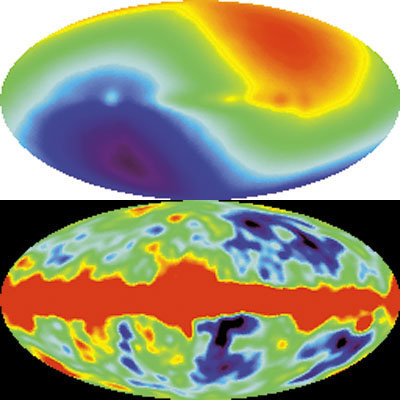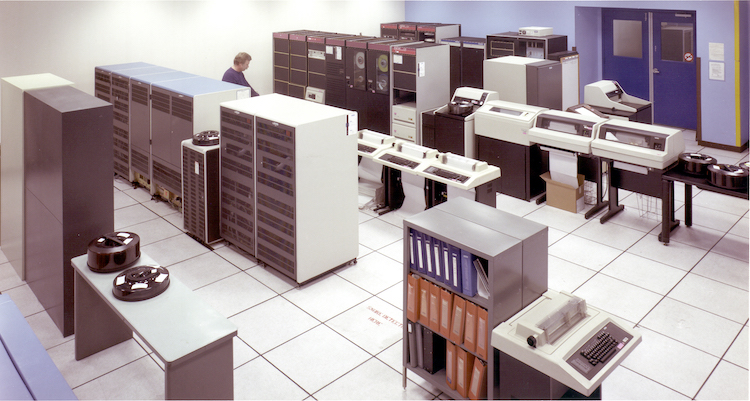How Scientists Get Data
The information, or data, about our universe measured by the instruments aboard satellites are transferred to the ground and analyzed by scientists. The data can arrive in many forms and much processing is usually required before it can be used to "do science". This section will discuss the data, the typical processing, the final data archive, the scientific analysis process, and the final scientific results.

There are three stages to getting the data from a satellite to the ground. First, you need to accumulate the data on the satellite. Then, when you get a chance, you zap it down as telemetry to one of the handful of receiving systems. From there, it has to get to the actual science center, typically using ordinary telecommunications lines.

Have you ever wondered what data from a spacecraft actually look like? You may think that the picture you see from the Hubble Space Telescope or the Chandra X-ray Observatory is exactly what the satellite in orbit sends down to Earth, like broadcasts from a tv station, but that's not the case.

Once your data is in a usable format, you will want to store the data in a place where astronomers from all over the world can access it.

When you have data from a satellite in your hands in a useful format, you will next want to scrutinize that data in as many ways available. By using different tools, you can reveal information about how the source behaves over time, at various energy ranges and at different points in space.


